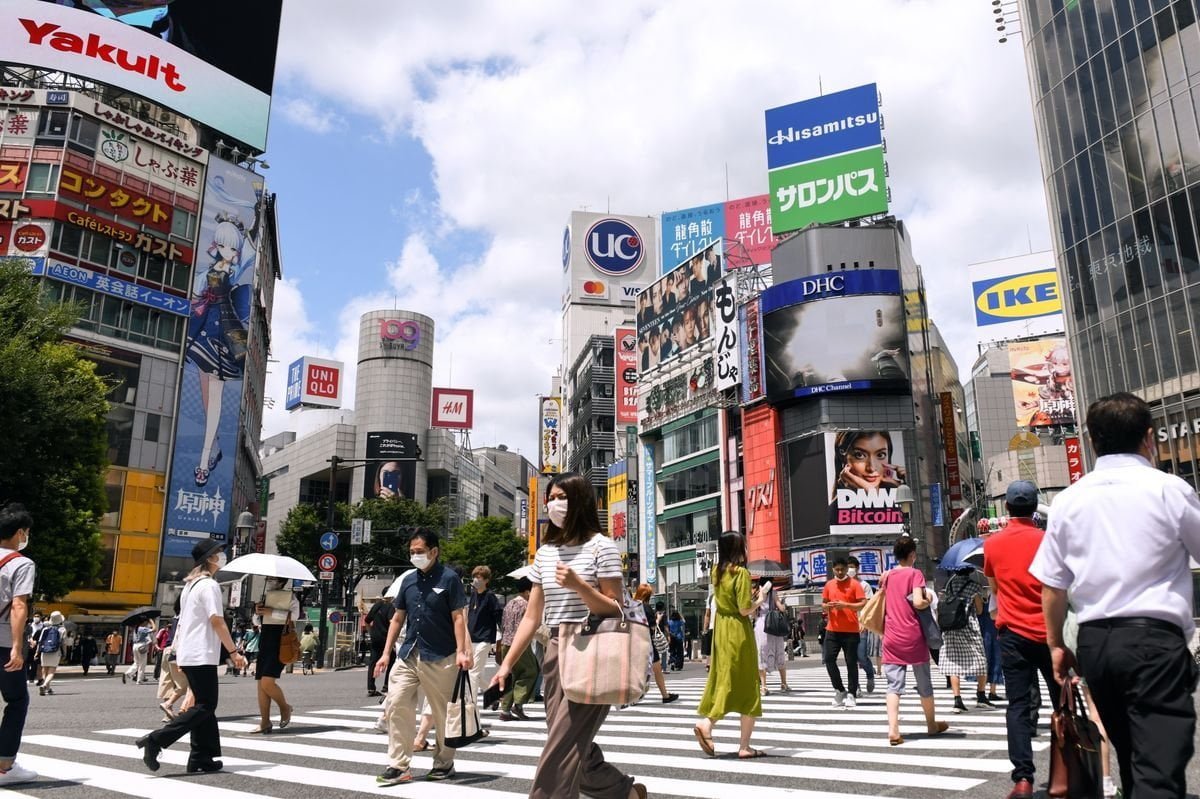Japanese Families Offered Money to Move Out Of Tokyo – In an effort to reverse population decline in the regions, the Japanese government is offering ¥1m ($7,700) per child to families who move out of greater Tokyo. According to Japanese media reports, the incentive — a substantial increase over the previous relocation fee of ¥300,000 – would be implemented in April as part of an official effort to breathe life into declining towns and villages.
Although Tokyo’s population declined for the first time in 2016 – a trend partially attributed to the coronavirus pandemic – policymakers believe more should be done to lower the city’s population density and encourage people to start new lives in “unfashionable” parts of the country that have been impacted by ageing, shrinking populations, and the migration of younger people to Tokyo, Osaka, and other major cities.
People Also Read: United Nations Projects The World Population to Reach 8 Billion People
The payment – which comes on top of up to ¥3m already available in financial support – will be offered to families living in the 23 “core” wards of Tokyo and the neighbouring commuter-belt prefectures of Saitama, Chiba and Kanagawa. To receive the benefits, families must move outside the greater Tokyo area, although some could receive the cash if they relocate to mountainous areas that lie within the city’s boundaries, the Kyodo news agency said, quoting officials.
About 1,300 municipalities, or roughly 80 percent of the total, have joined the program in an effort to capitalize on a shift in public attitudes toward quality of life that gathered momentum during the pandemic, when more workers discovered the benefits of working remotely. Families anticipating an easy payday prior to their return to the capital would be disappointed. They must reside in their new residences for at least five years, and at least one member of the household must be employed or have business plans. Those who vacate prior to five years will be required to return the payment.
Officials believe that the considerable amounts offered will encourage families with children up to the age of 18 to revitalize regions and alleviate demand on space and public services in greater Tokyo, the world’s most populous metropolitan area with a population of over 35 million. In principle, relocating families receive ¥1m-3m per household provided they meet one of three criteria: employment at a small or midsize company in the area they move to; continuing in their old jobs via remote working; or starting a business in their new home, according to the Nikkei business newspaper.
After the higher payments are factored in, a family with two children could be eligible for up to ¥5m. Half of the cash will come from the central government, and the other half from local municipalities, Kyodo said. The scheme has struggled to capture the public imagination since it was launched three years ago, with support provided to 1,184 families in 2021 – the year teleworking became more common – compared with 71 in 2019 and 290 in 2020, the Nikkei said.
People Also Read: Finland PM Sanna Marin Says Europe is Not Strong Enough Without The US
The government is hoping 10,000 people will have moved from Tokyo to rural areas by 2027, it added. To attract new residents, Japan’s hollowed-out towns and villages have highlighted the charms of rural life, easy access to undersubscribed childcare and, in the case of Otari village in Nagano prefecture, the availability of eligible men. The latest attempt to reinvigorate the regions comes amid yet another drop in Japan’s population.
According to government data, the population of the world’s third-largest economy had a record decline of 644,000 in 2020-21. The population is projected to fall from its current level of 125 million to an estimated 88 million in 2065, a decline of 30% in 45 years. While the number of over-65s continues to grow, the birthrate remains stubbornly low at 1.3 children– well below the 2.1 needed to sustain the current population size. In 2021, the number of births totalled 811,604, the lowest since records were first kept in 1899. By contrast, the number of centenarians stands at more than 90,500 – compared with only 153 in 1963.




